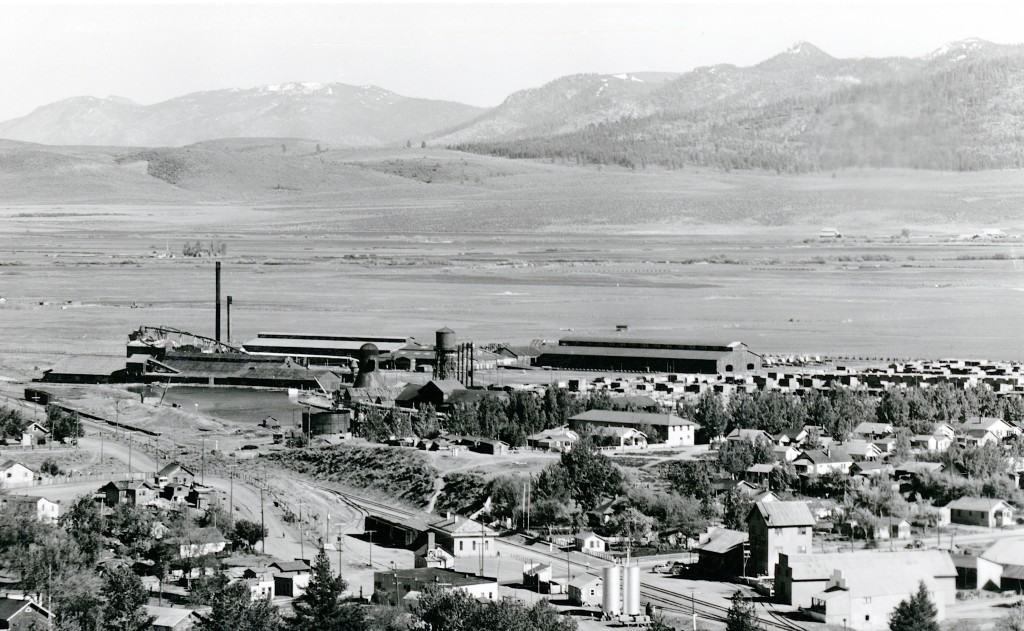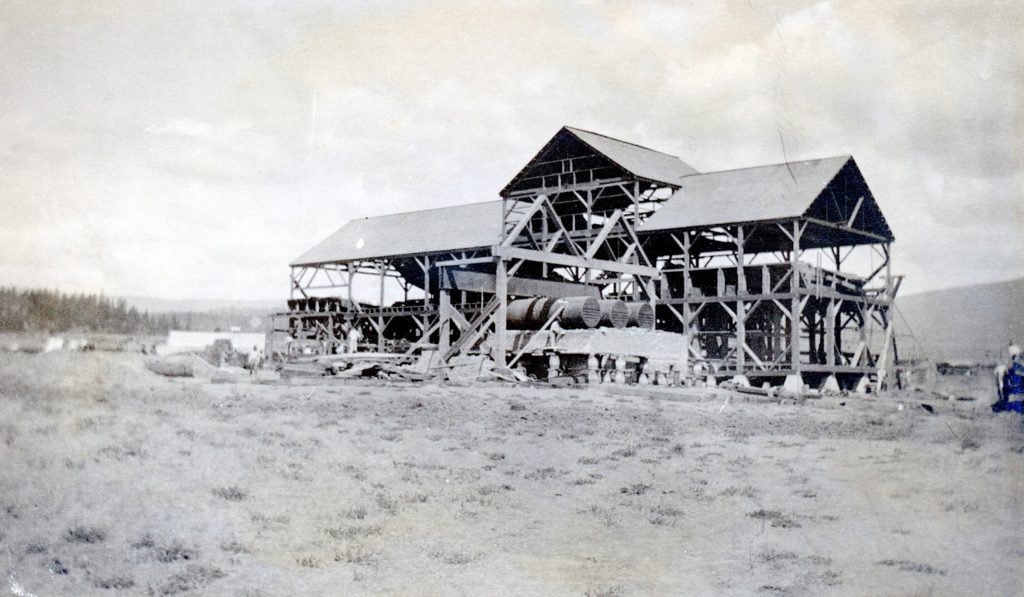
In October 1917, C. Edgar Cotton of Spokane, Washington, R.D.. Baker of Pittsburg, Pennsylvania and Charles McGowan of Klamath Falls, Oregon, spent two weeks in the region inspecting Forest Service timberlands. They became acquainted with Susanville businessman, M.O. Folsom. Their initial contact with Folsom was in connection with possible mill sites.
This time around, Susanville was not going to let this be the kind of missed opportunity it had experienced with Red River Lumber Company and the Western Timber Treating Company. On October 26, 1917 a citizen’s meeting was held. with approximately seventy people in attendance. Assemblyman A.J. Mathews presided over the meeting and gave an outline of the situation. McGowan and Cotton had already examined proposed mill sites. The proposed to build a sawmill, box factory and planing mill at Susanville that would initially employee 250 men. This, of course, was contingent on the residents donating the property. The site they desired was the Winchester property, located just east of the Susanville Depot.
In a democratic manner, C.E. Emerson, Jules Alexander, M.O. Folsom, L.R. Cady and Russell Brownell were elected by ballot as the general operating committee. It was proposed to offer the company 40 acres, with water rights and an 8,000 cash bonus.. McGowan and Company, after all, had the option to build its plant in the vicinity of Westwood Junction to reduce the cost of transporting the logs to the mill.
It was not until the first week in March 1918 that the news was released to the community that McGowan and Cotton would establish its mill at Susanville. By the end of the month construction of the mill began.

This new enterprise incorporated as the Lassen Lumber & Box Company. To protect the interest of the Citizen’s Committee, an agreement between the committee and Lassen Lumber was negotiated. The foremost provision was the company build a sawmill with a daily capacity of 70,000 board feet. In addition, if for some reason for mill should be destroyed fire before January 1, 1921, and the company did not rebuild, the property would revert back to the town.